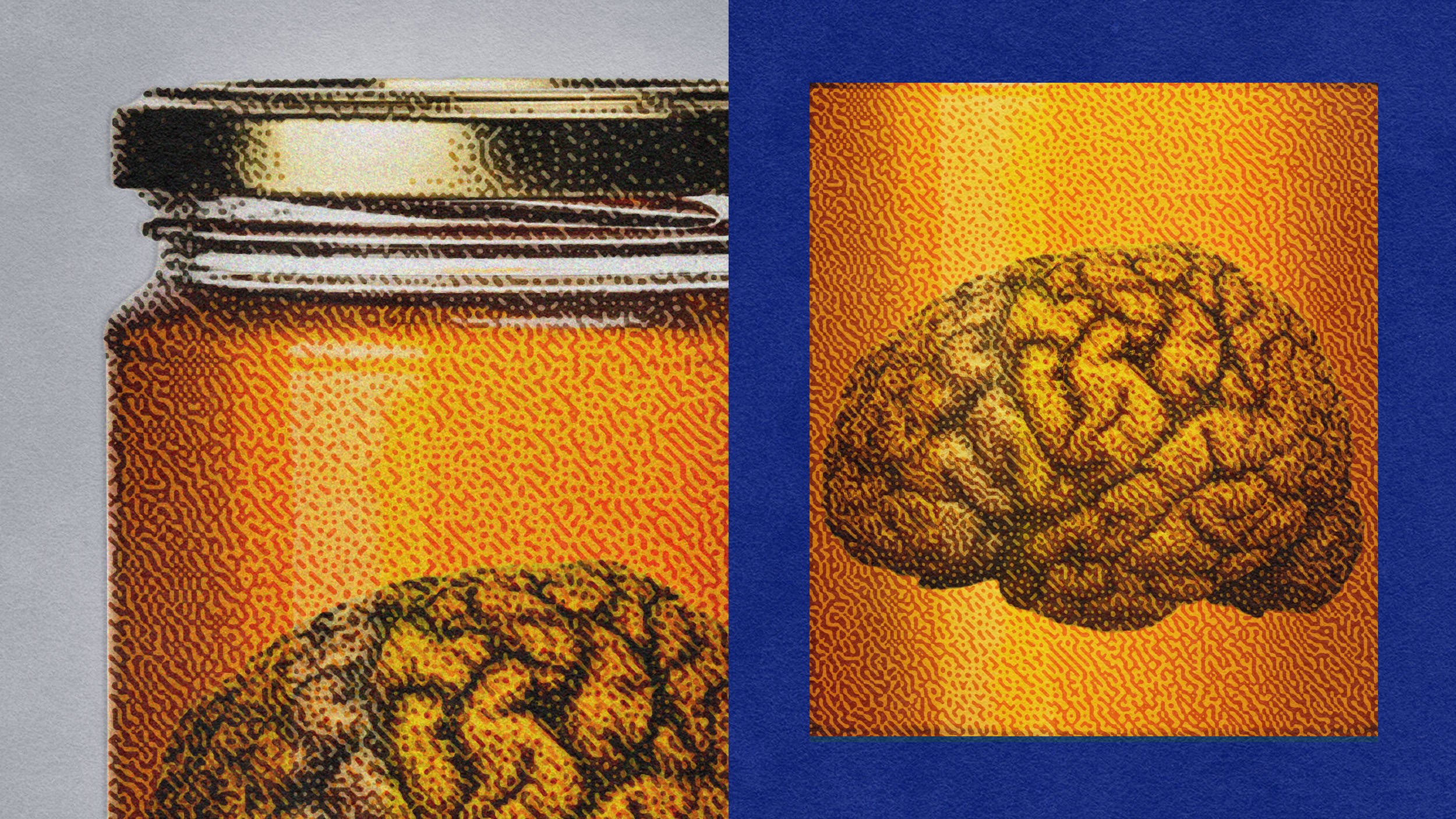This controversial website uses AI to create fake nudes of women

Source: These Nudes Do Not Exist
- These Nudes Do Not Exist hopes to revolutionize online porn by selling AI-generated nude images of women for a dollar per photo.
- The site uses Generative Adversarial Networks (GAN) algorithmic technology to generate the nude AI content using a database containing lots of nude images of real women.
- It's extremely common for pornographic imagery of women found online to have been stolen from sex workers, so it's very difficult for machine learning engineers to find ethically sourced datasets of nude images.
A bizarre startup selling AI-generated nude images of women for a dollar per photo thinks it might be at the forefront of a pornography revolution.
These Nudes Do Not Exist (the images on the site are not safe for the workplace) is trying to break ground in the world of online nudity by offering its visitors stills of computer-generated women from the breasts up. Similar, though less salacious — yet still unsettling — AI-generated content has already been created on feet and cats.
“I think this is probably the first chance that anyone in the world has ever had to buy AI generated pornographic content, so in a sense each customer gets to be a part of porn and AI history,” an anonymous co-founder told VICE’s Samantha Cole. (He requested to go unnamed in the article because he and his partner would rather not be publicly associated with their clearly contentious creation.) “Long term however, the goal is to have complete 3D rendered AI generated models capable of creating custom photo and video content.”
How does it work?
These Nudes Do Not Exist allows a visitor to buy an image of one of the virtual women by clicking a button labeled “Generate New Girl” and scrolling through a selection of female bodies. They are almost all relatively slim, smiling women of about the same shade of white. There is a diverse range of hair colors to choose from, however. Once you find the computer gal for you, you simply add her to your cart and are given a “seed number” as a receipt to prove that the unique model is all yours to ogle at.
The site uses Generative Adversarial Networks (GAN) algorithmic technology to generate the nude content. The AI is trained on a slew of photographs of naked women so that it can produce new, unique versions of what it has learned to view as a nude woman. The current database that the AI is trained on contains images of almost entirely white women, typically between the ages of 20 and 40.
“That wasn’t because of any choice on our part so much as it was just because that’s how the well classified datasets ended up shaking out,” the co-founder told Cole. “We were very careful to use only public domain or purchased data sources from reputable providers. While we will add men in the future, the truth is there’s not a lot of demand for male nude pictures.”
Ethical concerns
“Lack of demand” is an excuse that has been used before to justify technology that supplies exclusively female bodies to meet (typically male) sexual desires. Some examples include the highly controversial California company RealDoll that sells female sex robots and the vile app DeepNude that could algorithmically violate real women by unclothing images of them without their knowledge.
On one hand, These Nudes Do Not Exist offers naked images of women for those wanting to obtain them without violating the privacy of real-life women. On the other, it continues down a deeply troubling path of male-headed companies commodifying women’s bodies, even if in this case they are AI-generated bodies.
The women on the site may not actually exist, but their blueprints are based on lots of nude images of women who do. Because it’s extremely common for pornographic imagery of women found online to have been stolen from sex workers, even if the images are marked in the public domain, it’s very difficult for machine learning engineers to find ethically sourced datasets of nude images. These Nudes Do Not Exist claims it can circumvent this ethical concern.
“The verification process for public domain [images] centers around running public domain data through reverse image searches,” the unnamed co-founder said to VICE. “If we notice that the results are from paywalled/monetized websites, revenge porn websites, online forums, or behind paywalls, we err on the side of caution and exclude that data since it may not have been gathered ethically.”
However, despite those precautions, it’s still hard to believe that absolutely every image being used for the computer-learning dataset is from a person who gave consent for an image of their body to be used to create an AI-woman for two real men to capitalize on. Whichever way you spin it, this startup is men profiting off of female bodies. You could just, you know, pay real women for their real nudes.





